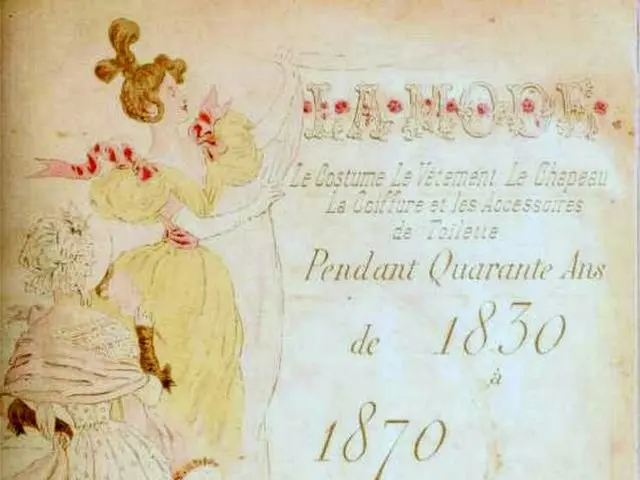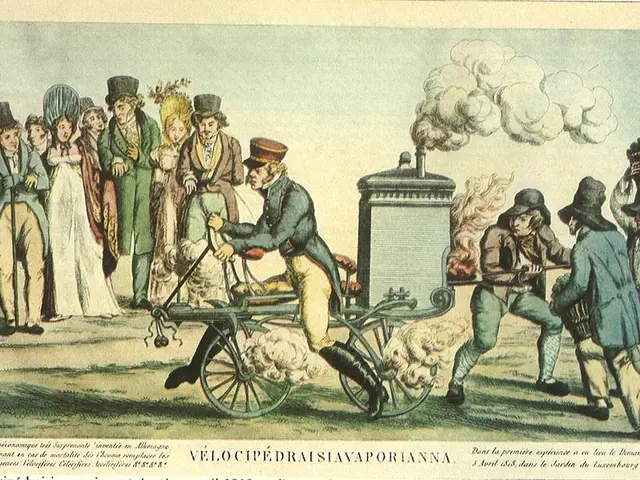Political Campaign Strategy: Building a Recognizable Identity for Political Parties
In the dynamic world of politics, a strong and distinct brand is essential for a victorious campaign. Here's a step-by-step guide on creating an effective political party branding strategy.
Defining Your Party's Identity
- Clear Mission and Story: Establish a clear mission and narrative that outlines what your party stands for. Develop a brand voice that authentically communicates this identity.
- Identify Your Audience: Understand your target voters by creating detailed personas based on demographic and psychographic factors. This will help tailor your messaging effectively to different segments.
Creating a Consistent Brand
- Brand Bible: Establish a comprehensive brand bible or guideline document that ensures consistency across all communication channels and platforms.
- Collaborative Communication: Involve key stakeholders within the party infrastructure to build a unified voice and foster buy-in.
- Consistent Messaging: Develop core, simple, and consistent messaging themes that are clear, direct, and relevant to the political landscape and voter concerns.
- Salience and Credibility: Link your party brand to concrete policies and events to maintain salience and credibility in voter perceptions.
- Partnerships and Alliances: Use a strategic approach to partnerships and alliances that can complement and enhance your brand capabilities and reach.
Bringing Your Brand to Life
- Visual Identity: Create a visual identity for your party, including a logo, colour scheme, and graphical elements that reflect your values.
- Marketing Materials: Develop marketing materials such as flyers, posters, and website templates to support your campaign.
- Events and Rallies: Plan events and rallies to help spread awareness about your party.
- Manifesto: Write a manifesto that outlines your party's core values and beliefs.
Engaging with the Public
- Social Media: Create social media accounts to engage with voters and amplify your brand reach.
- Media Engagement: Speak with the media to share your party's message and reach a wider audience.
- Adaptation: Adapt brand messaging to local languages, customs, and values while maintaining overall coherence.
- Memorable Slogan: Create a memorable slogan to ensure people remember your political party.
- Positive Image: Ensure a positive image and reputation within the party and the general public by consistently delivering on your promises and values.
Remember, political party branding is an essential tool for democracies worldwide. A successful political party branding strategy involves creating an image that resonates with the public, fostering emotional resonance through storytelling, and regularly updating all branding elements to keep them fresh and relevant.
Read also:
- Today's most impactful photographic moments
- Support for Eric Adams in The Post's Letters to the Editor on August 13, 2025
- Roosting Shark and Rambunctious Red Squirrels: Unconventional House Rental in Yorkshire Involving Aquatic Marvel, Squirrely Mayhem, and Mystical Planning Regulations
- Legal Dispute Dismissed with Humor: Supreme Court Laughs off Another Civil Matter Mislabeled as Criminal Prosecution








